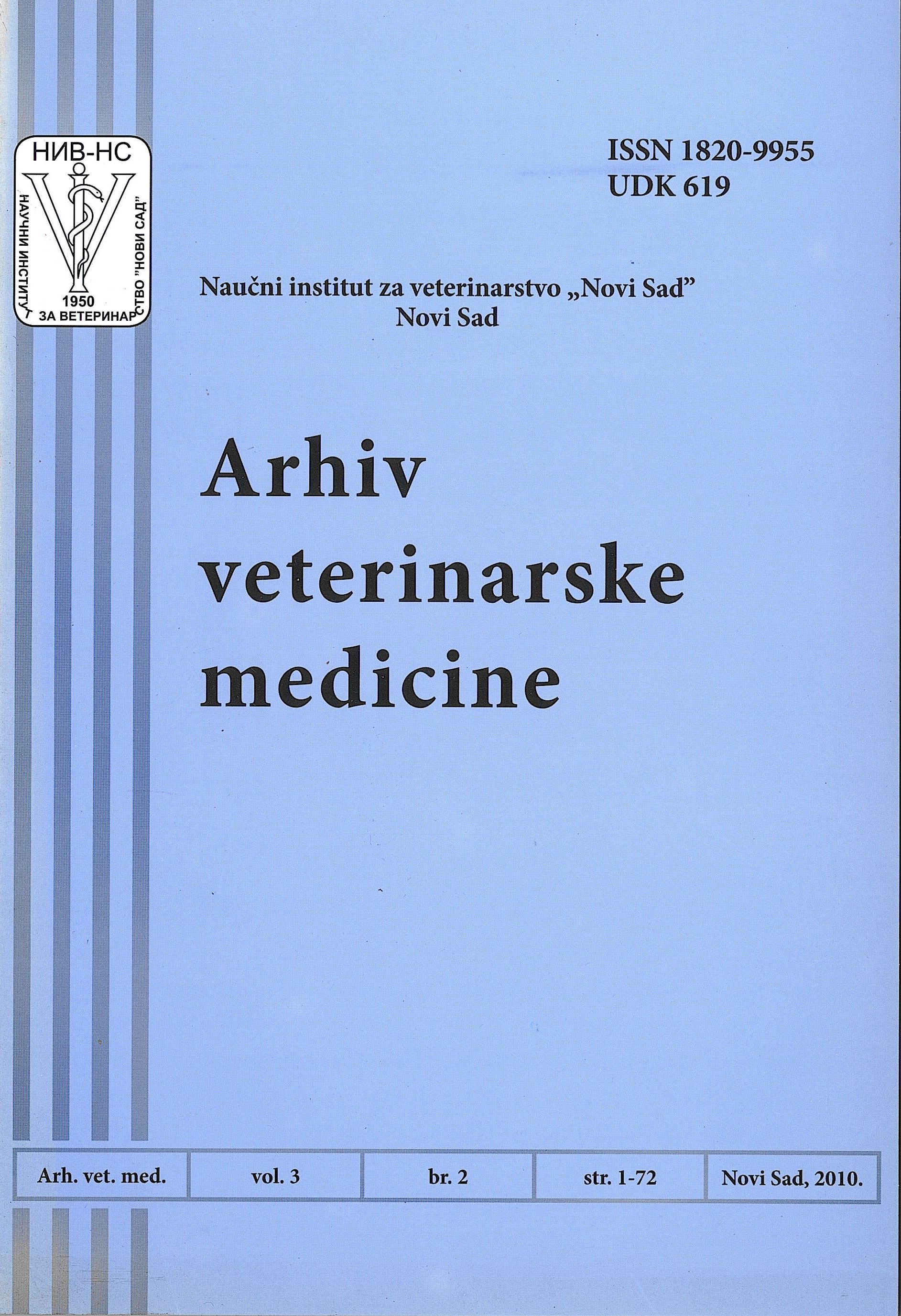Abstract
On the surface and inside the body of pets there is a large number of different microorganisms. Some of them are pathogens of humans, and infect both humans and animals, while the others present only an indirect threat for humans. Skin is a large organ that plays an important role. It is in a direct contact with the environment and presents a mean of transmission for the microorganisms that may be transferred to human beings living in the cities. The objective of this paper was to carry out mycological examination of hair from dogs with clinical symptoms of skin diseases. The aim was to determine saprophytic fungi on dog skin and determine how they influence humans. In a one-year period the presence of fungi was analyzed in 72 samples from dogs with skin changes and 32 samples from dogs without lesions. The samples were inoculated on Saburo dextrose agar and incubated at 25oC for 10-21 days. The grown colonies were characterized based on their shape and color, and under a light microcope conidia, macroconidium and conidiophore were identified. On the dogs with lesions, the presence of fungi ranged from 26.38% to 66.66%, but in the group of dogs without lesions fungi were present in 22% to 65.62%. The isolated fungi were identified as: Aspergillus sp., Penicillium sp., Alternaria sp., Mucor sp. i Fusarium sp.
Arhives of Veterinary Medicine is an Open Access Journal.
